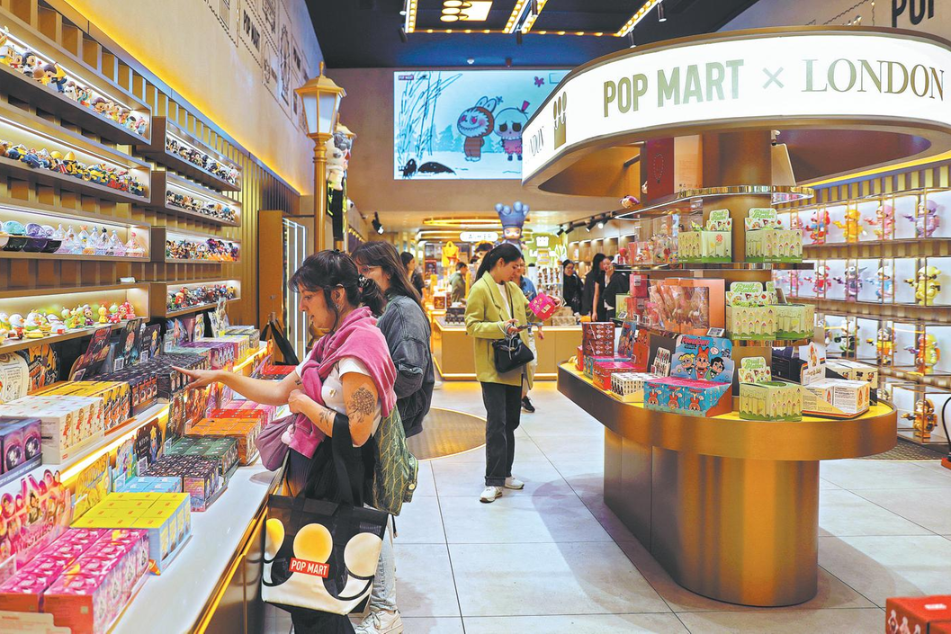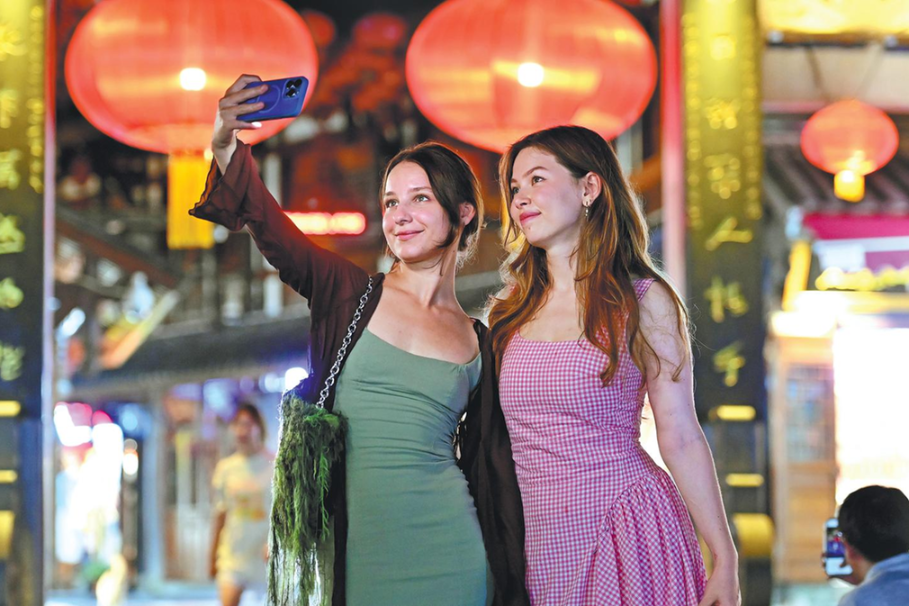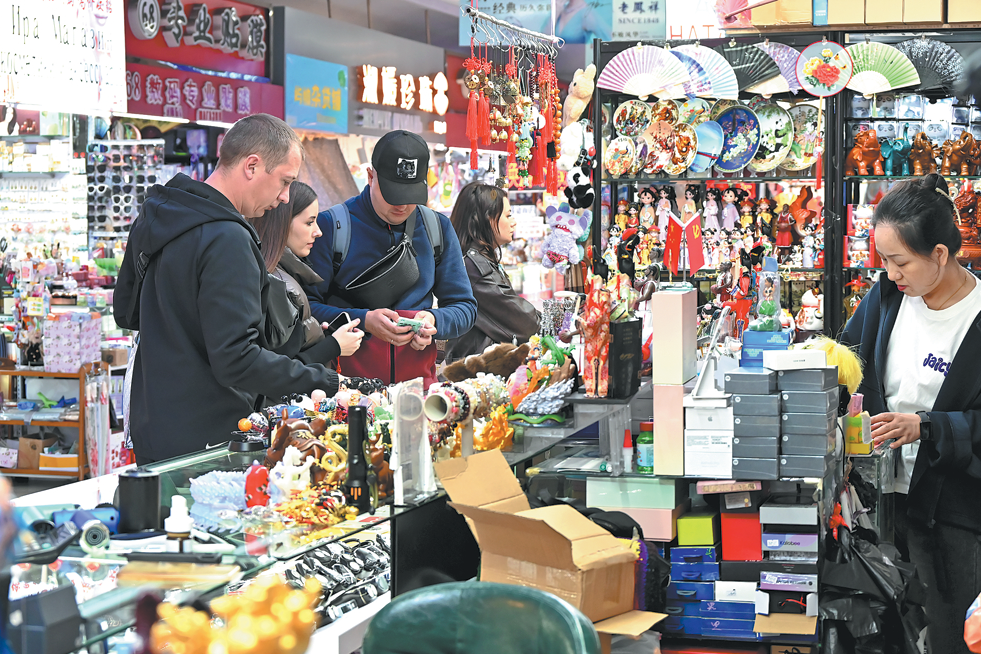Where great minds and spirits met
In Brussels' Grand Place, commerce meets poetry and wandering exiles etched their visions into Europe's memory


In French, they call it La Grand-Place. In Dutch, De Grote Markt.
Even if you don't speak the local languages, the name is still recognizable: a big, grand place, used as a market. That is exactly what it has been for centuries, as it has been serving as the beating heart of Brussels, dating back to the 1000s when the city was gradually taking shape.
In its earliest days, the square was little more than an open village fairground. Farmers from the surrounding countryside would drive in their horse carts, loaded with grains, fruits and vegetables from the fields. They bartered their goods for bolts of cloth and household wares laid out by peddlers. The air was thick with competing smells from the sharp tang of manure mixing with the aroma of baked bread, while cries of vendors filled the area.
By the 13th century, Brussels had grown rich enough to erect permanent indoor markets at the northern edge of the square: one for meat, one for bread and one for cloth. These stone halls formalized what had long been a rustic gathering into an organized commercial hub.
Over time, power followed money. Tall and imposing civic buildings rose above the merchants' stalls, and mayors and councilors moved in, making the square not only the city's commercial hub but also its political center. The majestic Town Hall still functions today, and although centuries have passed, the Grand Place remains what it has always been: a place where commerce, culture and civic pride intersect.
Now, the square is one of Brussels' most popular tourist attractions. Its cobbled surface swarms with visitors, cameras raised to capture the ornate gabled facades that surround it. Electric vintage cars circle the perimeter for 70 euros ($83) a ride, the drivers dressed in capes cut to resemble 19th-century styles, welcoming passengers with courtly gestures, while the plate number of one car is Brussels-001, one with rich history.
Restaurants fill the square's corners with the chatter of diners, their outdoor tables crowded beneath awnings. Down the narrow side streets, the air is sweetened by waffle shops, where long lines of tourists wait for freshly pressed waffles drenched in molten chocolate. Those who wander off with a cone of fries or a sugared waffle often find themselves trailed by the square's other regulars: pigeons, fat and insistent, waddling close behind in hopes of a careless crumb.
However, beneath the postcard beauty and touristic bustle, the Grand Place holds a deeper grandeur. Its cobblestones echo with the footsteps of exiled thinkers and wandering writers who once lived nearby. If we draw a circle with the radius of a few hundred meters and its center being the square, some of Europe's most brilliant and troubled minds found shelter in the city of Brussels. Their homes may now be ordinary apartments or shops, but plaques on the walls whisper reminders that some of humanity's most brilliant souls had once passed through these doors.
























